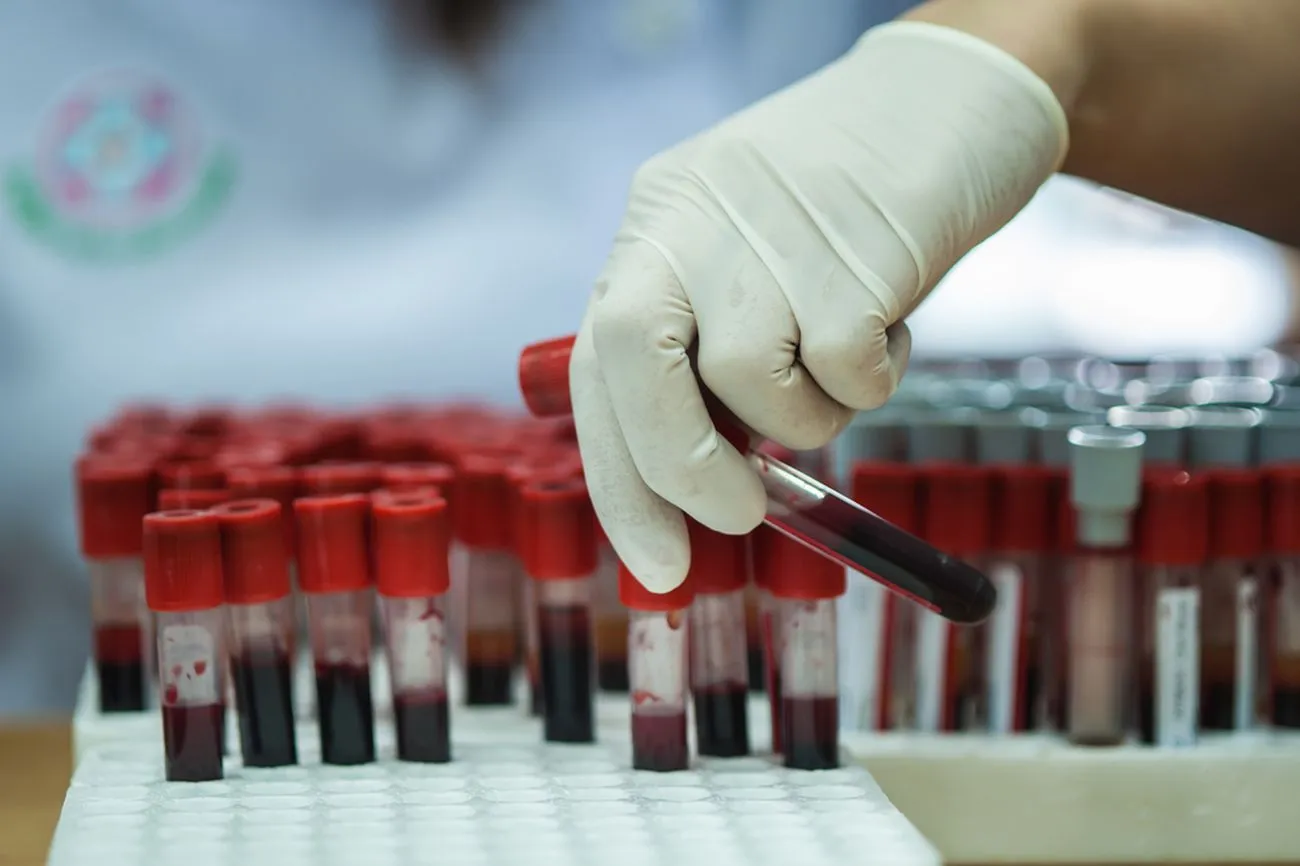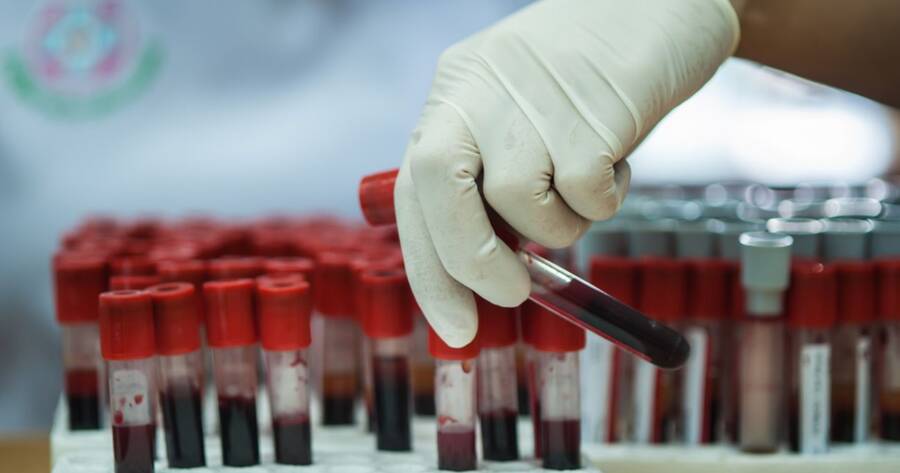If you have type 2 diabetes, then you are likely familiar with the A1C blood test. While other testing methods provide information on the blood sugar levels at the current time, this test gives an average blood glucose level over the past couple months. The A1C test allows clinicians to have a better picture of your overall diabetes control. It is more reliable than traditional finger stick test.
How Does the A1C Test Work?
Glucose binds to hemoglobin within the bloodstream, which is a protein. When the glucose and hemoglobin combine, the hemoglobin becomes glycated. The more glycated hemoglobin that you have in your bloodstream, the more your blood sugar rises.
Red blood cells are continuously dying off and being replaced, though red blood cells characteristically live about three months. The A1C blood test is able to give an accurate picture of your average blood sugar levels over the previous three months. A higher A1C percentage means that your blood sugar levels were higher than normal during that time.
What Are Standard A1C Levels?
If you have no history of diabetes, your A1C level should be below 5.7 percent. If you have an A1C of 5.7 to 6.4 percent, you fall in the pre-diabetic range. If your A1C is 6.5 or higher, then you would be diagnosed with diabetes.
The goal is to keep the A1C levels at 7 percent or less. When the A1C is steadily above goal, your doctor will adjust your diabetes management routine. This will help to reduce your risk of developing complications from your diabetes.
There are cases where a higher A1C goal is needed. Those who have low blood sugar, limited life-expectancy, diabetic complications, or diabetics that cannot reach lower goals, may have to keep their A1C between 7 to 8 percent.
How Does My A1C Level and My Average Blood Sugar Correlate?
This list gives you a better idea of how A1C levels translate to blood sugar numbers.
A1C Percentage = Average Blood Sugar
- 5 percent = 97
- 6 percent = 126
- 7 percent = 154
- 8 percent = 183
- 9 percent = 212
- 10 percent = 240
- 11 percent = 269
- 12 percent = 298
- 13 percent = 326
- 14 percent = 355
If your A1C is at 8 percent or higher, it indicates your diabetes is not being controlled properly.
Issues That Affect A1C Results
The A1C test is generally very precise, though there are some issues that can limit its efficacy:
- If you have iron-deficiency, you may get abnormally high results.
- Your results can be incorrect and low if you have hemolytic anemia.
- Continuing or heavy bleeding may diminish your hemoglobin so that your results are incorrectly low.
- You may have a rare form of hemoglobin called hemoglobin variant, which may cause erroneous results. This type of hemoglobin is often seen in people from South Asia, the Mediterranean, and Africa.
How Often Should You Check Your A1C?
Your clinician will regulate your testing regularity based on your kind of diabetes, the recent level of control, and your existing treatment strategy. As a universal rule, A1C testing is suggested as follows:
- Yearly for anybody identified with pre-diabetes.
- Two times a year for people with type 2 diabetes that do not use insulin and whose diabetes is within the parameters set by their clinician.
- Quarterly for persons with type 1 diabetes.
- Four times a year for anyone who has type 2 diabetes who uses insulin and whose disorder is not well controlled.
Your clinician may order extra tests if there are complications in your diabetes medicine or treatment strategy.
Lowering Your A1C Levels
Reaching your A1C goal and lessening blood sugar variations can expand your overall quality of life and decrease your risk for diabetic difficulties, including blindness, neuropathy, and kidney damage. Here are some simple steps you can take to lower your A1C levels:
- Follow a treatment plan recommended by your clinician. The treatment plan and goals are based on your current level of diabetes, other medical conditions, complications, and risks. Always follow the program as carefully as possible. Never make alterations without speaking to your clinician first. Even if the most common symptoms disappear, never adjust your own medications.
- Home blood sugar testing is important. A1C testing will be repeated and based on your level of control and your risk for difficulties.
- Lifestyle changes, like a regular eating schedule, should be followed. Don’t wait too long in-between meals, or eat too frequently. A regular eating pattern will ensure that your sugar levels don’t rise and fall erratically.
- Many risk factors of diabetes can be avoided with the appropriate diabetic diet. Focus on lean proteins and non-starchy vegetables, and you need to avoid sugary foods and drinks. Any type of fruit or complex carbohydrate should be consumed in moderation. Learn portion control by using a salad plate rather than a full-size dinner plate. Many suffer from portion distortion.
- Physical activity should be incorporated into your daily life. Try to get at least a minimum of 30 minutes of exercise a day. If you cannot exercise each day, then at least strive for five days a week. Being physically active helps the body absorb blood sugar, which will help to lower your A1C levels.
Preparing for A1C Testing
An A1C is a simple test that doesn’t require any preparations. A lab tech or nurse will get a small sample of your blood. They send this blood to a lab for analysis. They will let you know how long you can expect the results to take. In most cases, you should know your numbers within a couple days.
Are A1C Results Accurate?
A1C results may vary by as much as 0.5 percent. Each lab may have a different number, but they all should be within that .5 percent range. Both the A1C blood test and the finger stick blood glucose tests, are still the most commonly used tests to control diabetes. It is important to get control of your A1C to prevent lifelong complications.
 somsak suwanput / Shutterstock.com
somsak suwanput / Shutterstock.com


